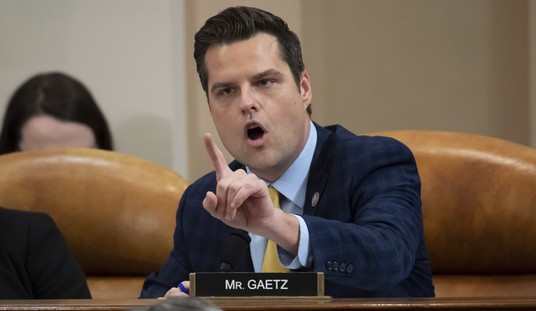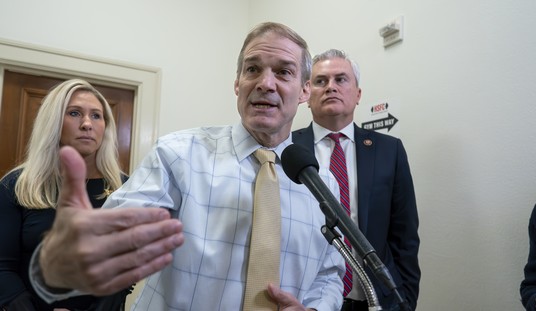If there’s any good news from this recession, it may be this: We’ve seen how Washington works. The picture is so ugly, it may be enough to spark real reform in the years ahead. Here’s what’s been going on:

Every so often Congress gets hold of a bill that simply must pass. A defense spending bill, say, during war time. So lawmakers exploit the situation, tacking on pet projects that have nothing to do with defense.
This year’s must-pass bill is a “stimulus” measure.
True to form, Congress has loaded the American Recovery and Reinvestment Act of 2009 with hundreds of billions in wasteful spending. The bill includes $650 million for digital TV coupons, $140 million to study the atmosphere and $50 million for the National Endowment for the Arts.
None of these proposals would create jobs or boost our economy. They’re just old-fashioned waste. And that’s a problem. Crying “stimulus,” Congress intends to spend money it doesn’t have to accomplish things that don’t need to be done on a scale never before seen. If signed into law, this leviathan would be the largest single spending bill ever passed, adding at least $819 billion (before interest) to the national debt.
If lawmakers had decided to borrow the money for this stimulus plan directly from Americans, the average family would have to fork over $10,520 this year. That’s more than what that same family will spend on food, clothing and health care for the entire year.
Recommended
If lawmakers were honest about what they’re doing (spending borrowed money) they’d have to admit that they’re asking hard-pressed American families to loan the government more this year than those families will otherwise spend on essentials.
Of course, the government won’t borrow directly from Americans. It’ll attempt to raise the money on the international bond market, meaning our country will go deeper into debt to foreign lenders, especially Japan and China.
And what will this spending accomplish? Not much.
The Congressional Budget Office studied the “stimulus” package, and found only about half the money lawmakers want to spend will be used this year or next. In other words, it’s not a jolt to the economy, it’s pointless as stimulus, and the lawmakers who voted for it must know that.
Their real goal seems to be to expand the government. This bill includes some $140 billion for education -- almost twice what the Education Department spent all of last year. It also aims to pump $35 billion extra into the Department of Energy, a stunning sum since DOE’s current annual budget is $23.8 billion.
Once these bureaucracies expand, good luck trimming them back. They’re apt to be as temporary as the New Deal “Rural Development Utilities Programs.” Its mission to electrify rural America was completed decades ago, yet it still exists.
Politicians think they can palm most anything off as “stimulus.” An early version of the bill, for example, included hundreds of millions for contraceptives. “The family planning services reduce cost,” House Speaker Nancy Pelosi explained while defending the plan on ABC, “to the states and to the federal government.” That’s arguable at best.
Still, even if that were true, reducing the birthrate would be a pretty slow-motion way of reducing federal costs. It would be faster and more efficient to axe a department or two instead.
Luckily, the contraception spending was axed once people became aware of it. That proves that, when the public pays attention -- and complains -- lawmakers will do the right thing.
Hopefully it’s the beginning of a trend.

























Join the conversation as a VIP Member